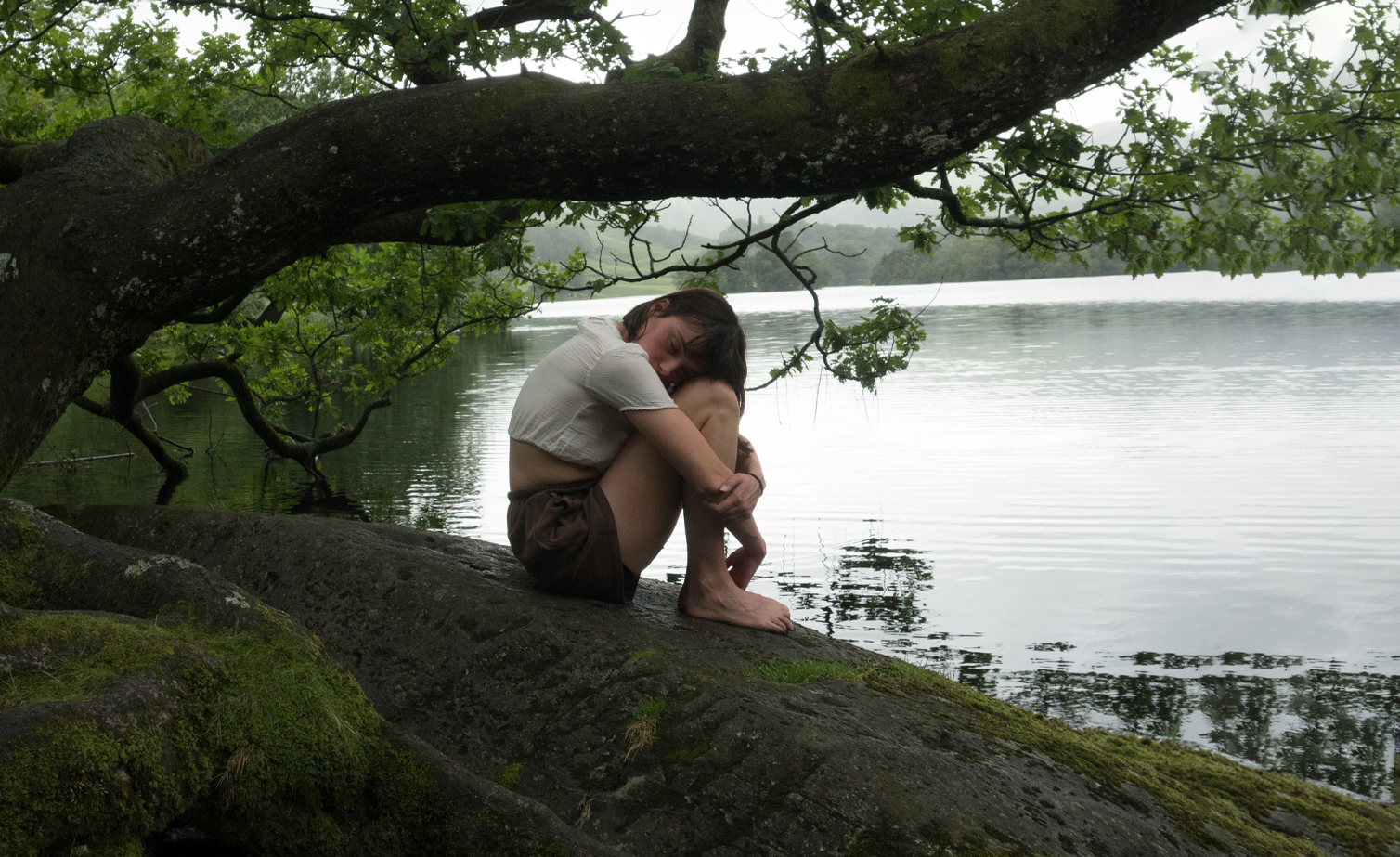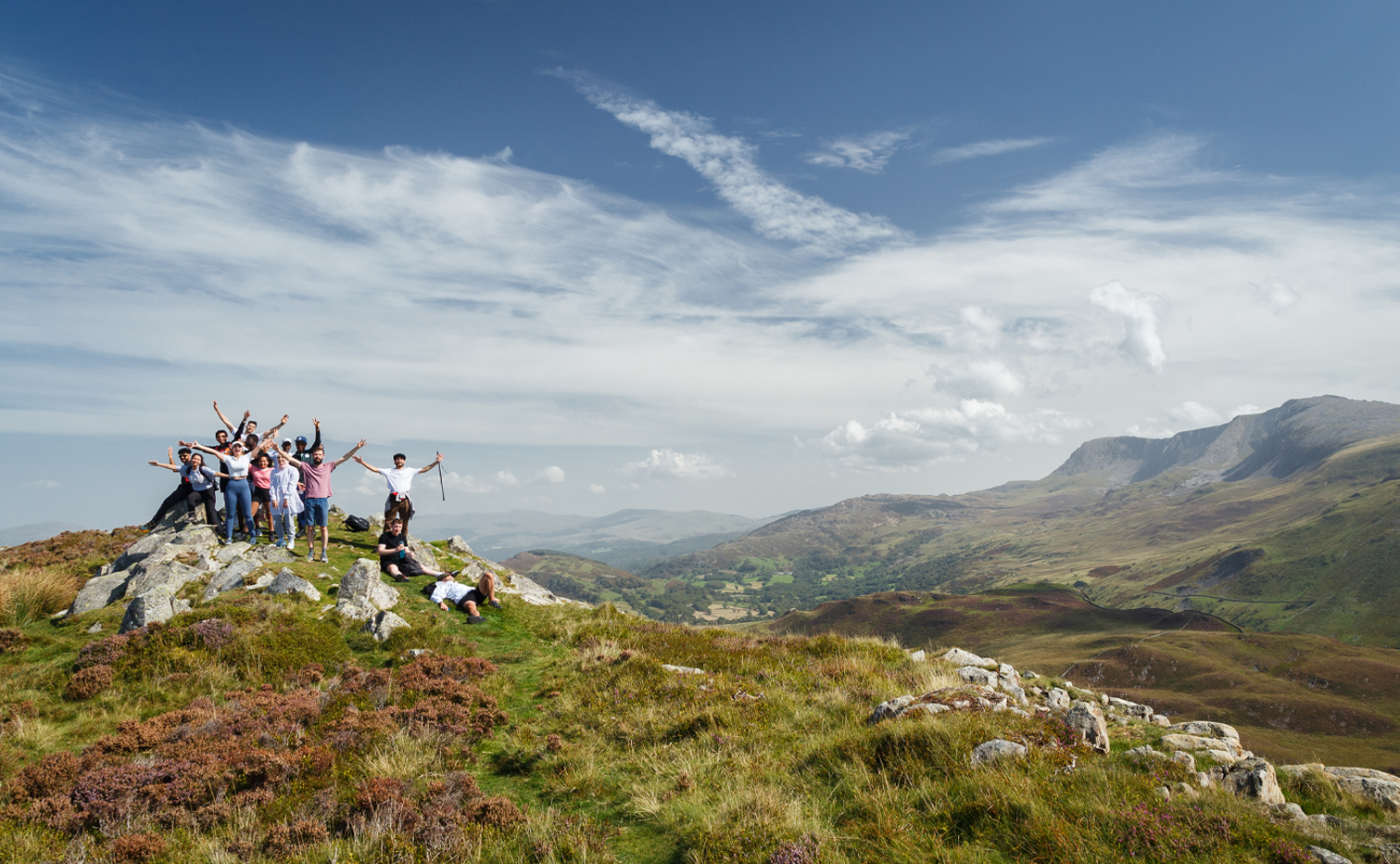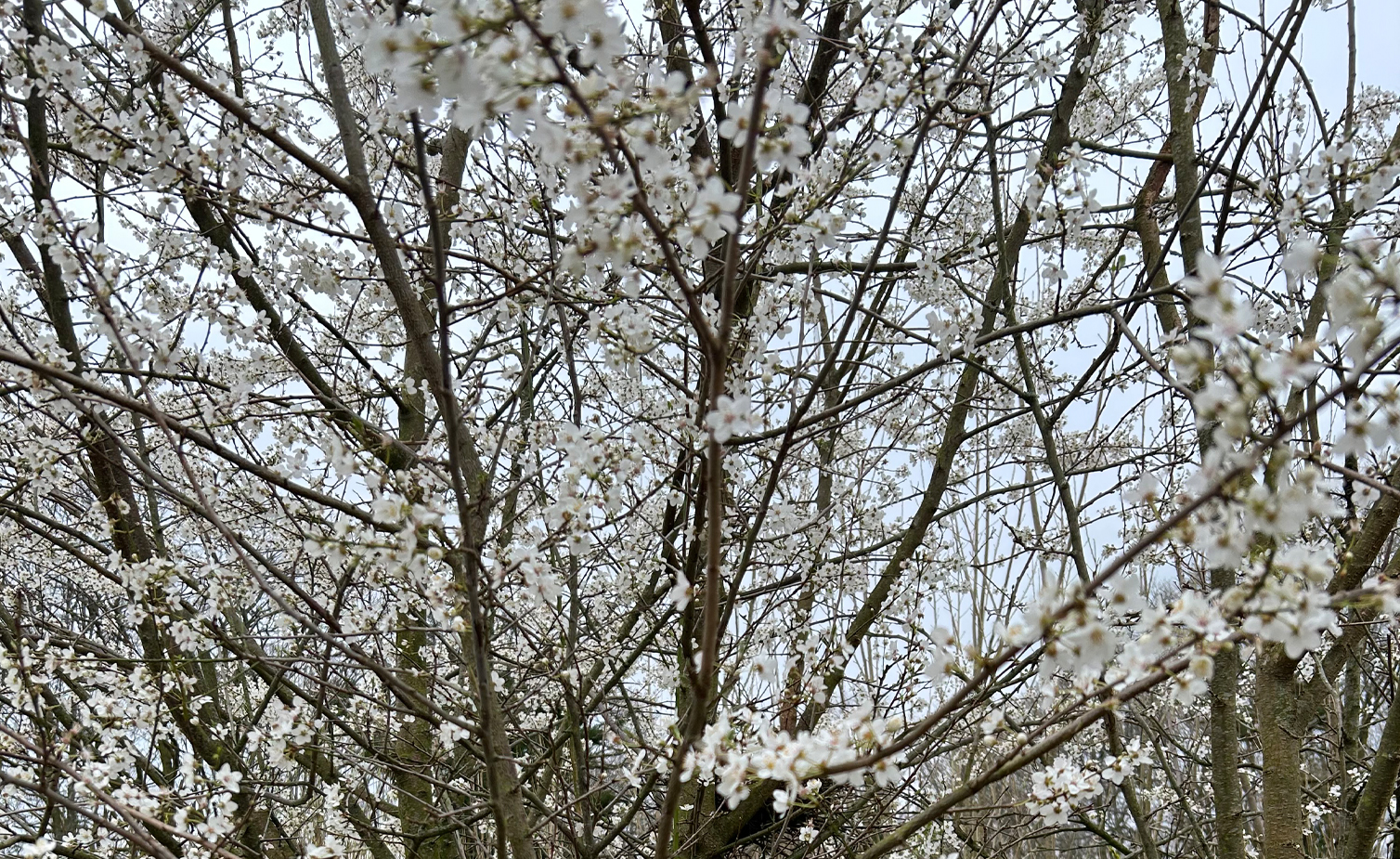Winding up the mountain road from the village of Braithwaite, it feels as if I’m journeying into another world.
The valley below bustles with the familiar scenes – families enjoying boat trips and ice creams on Derwentwater, walkers refuelling after a day in the surrounding hills and the constant hum of traffic heading in and out of the Lake District.
I’m looking for an escape away from the noise and crowds. A place to lose myself and reconnect.
As the road travels higher, a dense blanket of pine and fir trees unfolds on either side of the road, clinging to the hillside, uniform and standing to attention like little green soldiers or Christmas trees waiting to be taken home and decorated. This is Whinlatter, England’s only true mountain forest rising 300m above the north-western Lake District valley.
After consulting the information boards, I select the Comb Beck Trail, a short 1.75 mile introduction and one of nine walking routes within the forest park.
Rising sharply away from the visitor centre, the path is lined by the waning pink feathery arrows of rosebay willow herb, often known as ‘bomb weed’, after its propensity to thrive in sites ravaged by fire or war – apt given Whinlatter’s history.
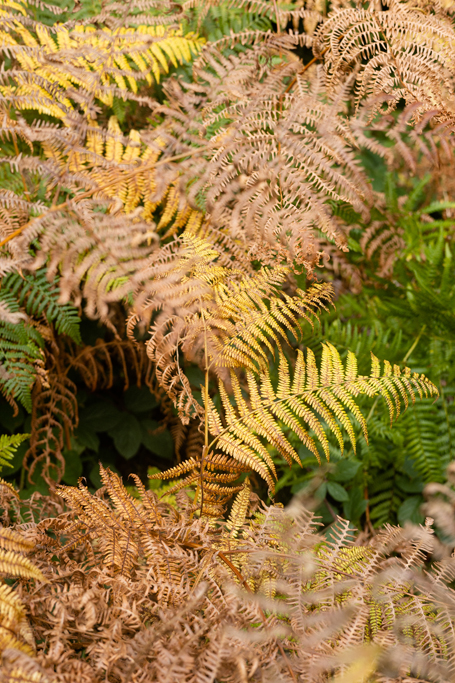
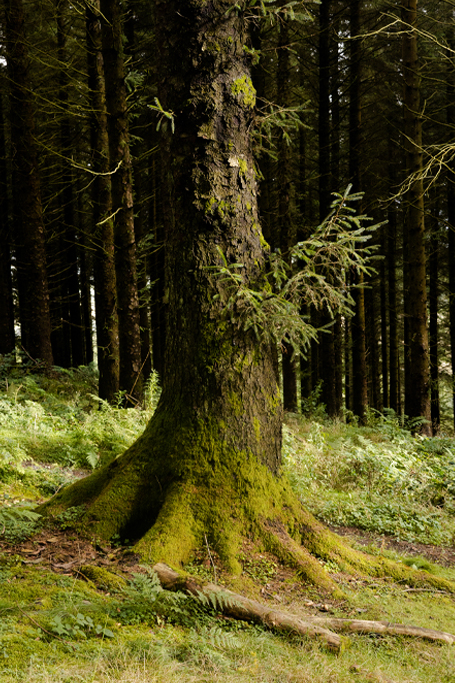
The first trees were planted at the end of the First World War in response to a timber shortage. The site remains a working forest plantation today, with piles of logs peppering the main access tracks, the pyramids of concentric circles providing a temporary home for insects and wildlife.
Leaving the visitor centre and wooden play park behind, the path climbs to a brief viewpoint towards the northern mountains, which frame the town of Keswick, before plunging deep into the forest.
I follow the dusty pebbled track, twisting and turning beneath the dense canopy and pause for a moment to inhale the floral scent of pine and damp woodland air. I feel the stresses from navigating through the busy crowds that morning fall away, the forest enveloping me away from the outside world.
Soon after the path joins Comb Beck, a slow and meandering stream in summer which is now a bubbling rush of cascading water that streams down from the hillside, fed by autumn and winter rains. It provides an easy point of navigation and a soothing, musical box tinkling to the otherwise silent forest.
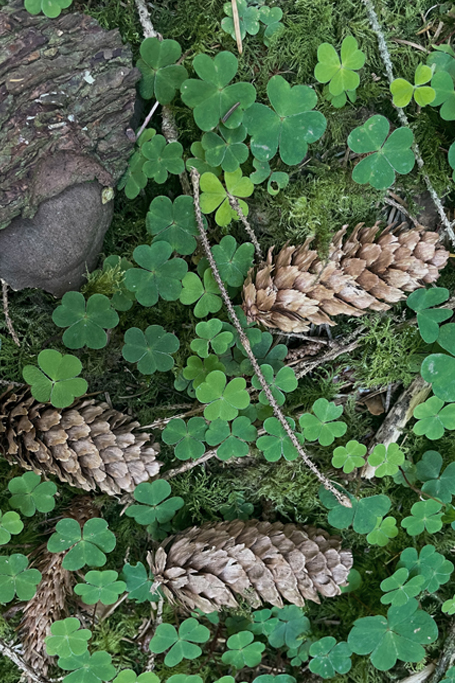
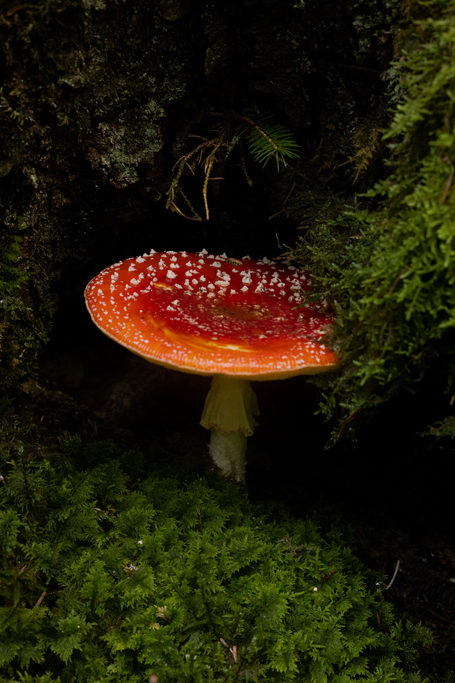
Looping back towards the visitor centre, the angular peak of Grizedale Pike provides a striking backdrop to the southern section of the forest, dramatic and Alpine-like. A forest warden’s house is tucked off the main path with another unusual sight – a group of fuzzy-haired alpacas grazing lazily on the grass.
As I stop to admire them, I notice a group of creamy white mushrooms pushing up through the moss and even a red toadstool growing on an old tree stump. I feel at peace, now that the forest has gently centred me back into the present moment.
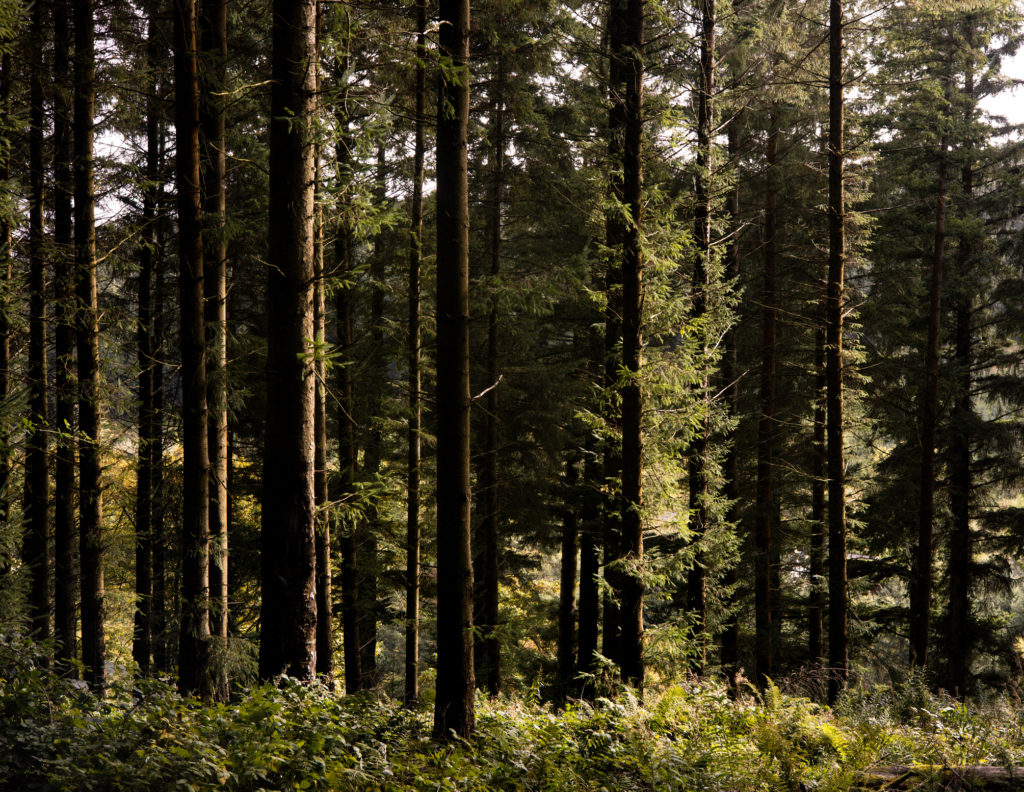
Popping into the cafe to refuel with a cool drink after my walk, I watch a siskin with sunny bright yellow feathers peeking shyly at the groaning bird feeders hanging from the tree branches.
I ponder how much a world away this feels to more familiar parts of the Lake District, that even at peak season’s, it’s possible to find a moment of calm amongst the usual visiting crowds.
Rebecca is a writer and hillwalker based in Ambleside, find her on Instagram at @lookwithneweyes and at www.lookwithneweyes.com.


